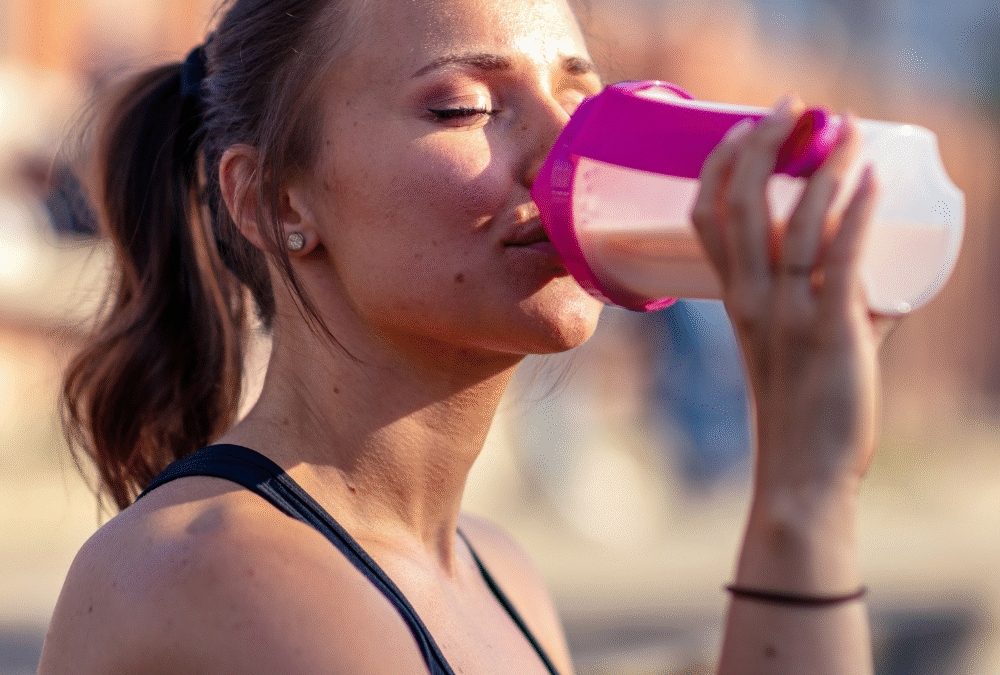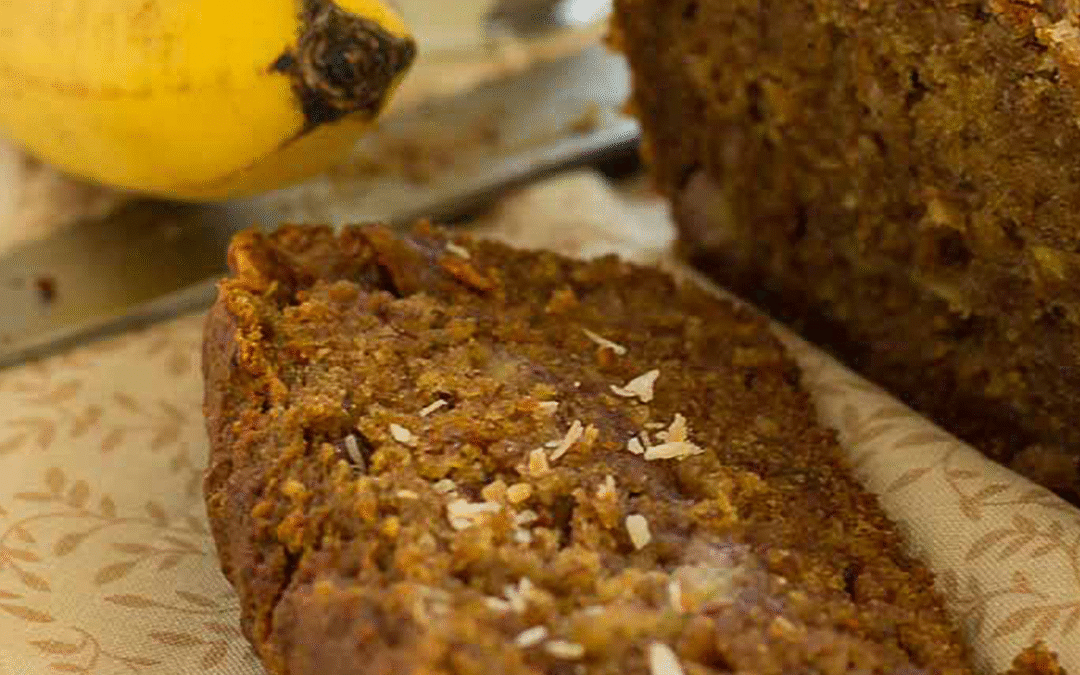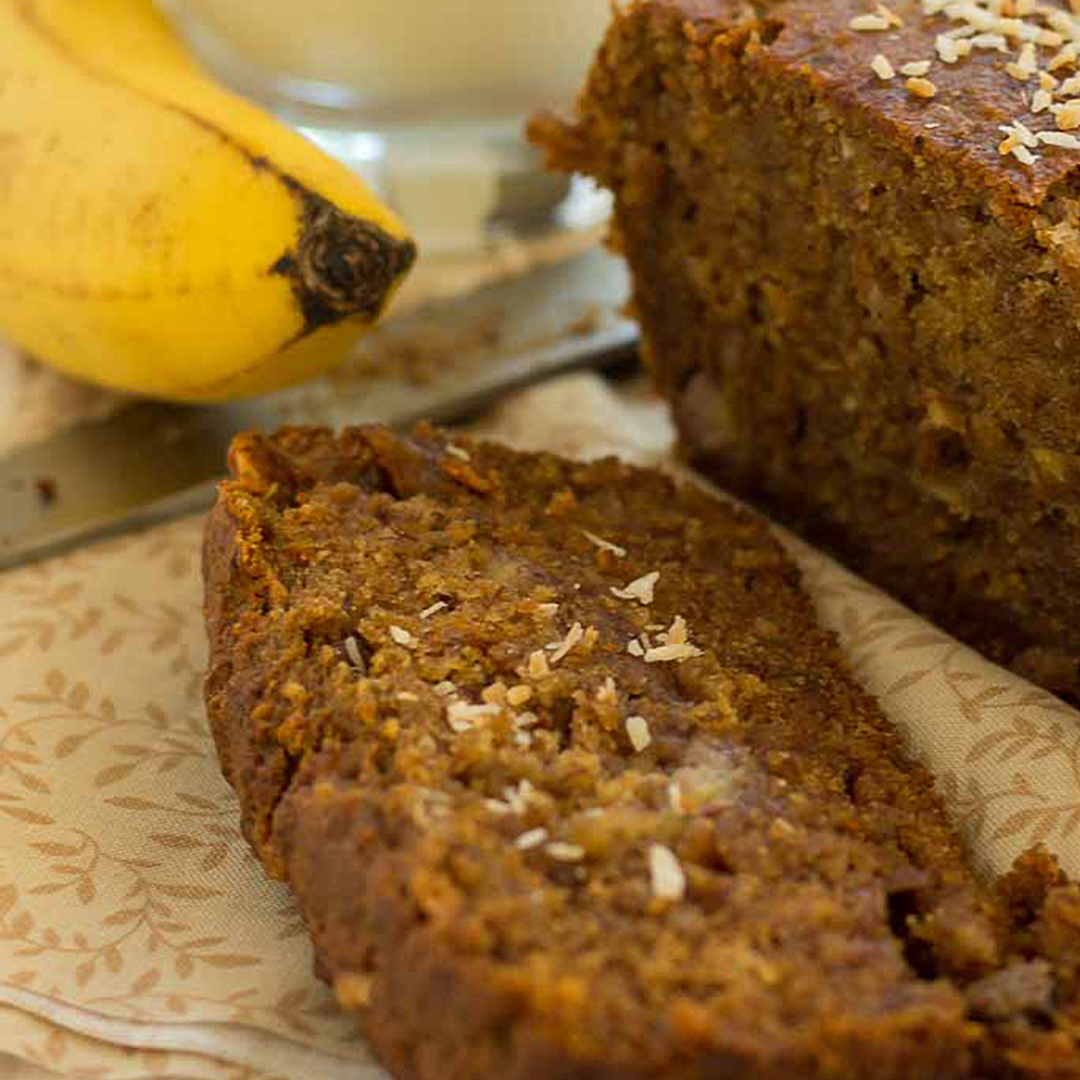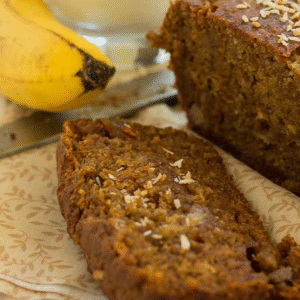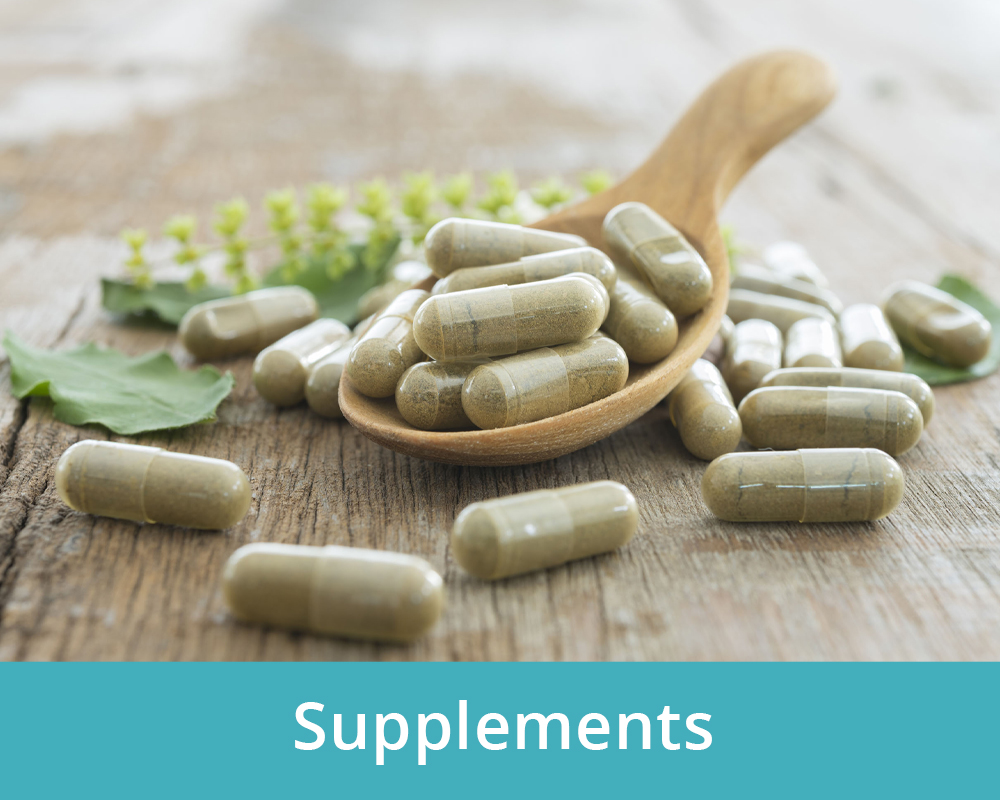
The Hidden Magnesium Crisis: Why are 80% of Canadians Deficient in This Mineral

Magnesium deficiency has become a silent epidemic in Canada, with most people completely unaware they’re lacking this crucial mineral. Despite its involvement in over 300 enzymatic reactions in the body, magnesium often goes overlooked in routine health assessments. This is a problem since almost 80% of Canadians have a magnesium deficiency. People with diabetes, low absorption, chronic diarrhea, high alcohol use and celiac disease are associated with magnesium loss and increased risk of deficiency. Magnesium deficiency is often underdiagnosed since the signs commonly don’t appear until levels become severely low and is not typically checked by your family doctor.
Health Benefits of Magnesium
Magnesium is important for your body’s day-to-day functions, too. The National Institute of Health (NIH) reports your body uses magnesium for a whole host of duties such as:
- Blood pressure regulation
- Blood sugar regulation
- Making protein, bone and DNA
- Muscle function
- Nerve function
Multiple factors unique to modern Canadian life have converged to create this nutritional perfect storm of magnesium deficeincey. Understanding these root causes can help explain why supplementation is important but alone sometimes isn’t enough to solve the problem.
Depleted Soil, Depleted Food
Farming changes have resulted in significant mineral depletion over the past century. Intensive farming practices, combined with the use of synthetic fertilizers that don’t replace trace minerals, have resulted in produce with substantially lower magnesium content than our grandparents consumed. For example a head of broccoli today contains approximately 25% less magnesium than it did in the 1950’s.
The Processed Food Problem
With the fast paced lives that we live in, our diets have increasingly shifted towards quick, grab and go highly processed meals and take out food. These foods have been stripped of their naturally occurring magnesium for example during grain refinement, up to 80% of magnesium is lost. When you consider that many Canadians get the majority of their calories from processed sources, the magnitude of the problem becomes clear.
Lifestyle Factors Depleting Magnesium
Chronic stress, which is a major problem in this day and age, triggers the release of stress hormones that cause cells to dump magnesium, creating a vicious cycle where stress depletes magnesium, and low magnesium makes us more susceptible to stress. Additionally, common substances like caffeine, alcohol, and many prescription medications increase magnesium excretion through the kidneys.
During the long winter months with limited sun exposure, many Canadians become deficient in vitamin D. This vitamin is necessary for proper magnesium absorption. This creates a double deficiency that compounds this problem even further.
Water Supply Changes
Municipal water treatment has improved safety but reduced mineral content. Unlike well water which naturally contains minerals from underground sources, most urban Canadian tap water has been stripped of its magnesium content during treatment processes. This seemingly small change removes what was once a significant daily source of magnesium for previous generations.
Do You Have a Magnesium Deficiency?
Magnesium deficiency rarely announces itself with obvious symptoms. Instead, it tends to manifest through a collection of seemingly unrelated issues that many people attribute to stress, aging, or something else. Understanding these warning signs can help you identify whether magnesium deficiency might be affecting your health.
The Initial Symptoms of Magnesium Deficiency
Intial signs and symptoms that you may have a magnesium deficiencey can include:
- Persistent fatigue that doesn’t improve with rest
- Difficulty falling asleep despite exhaustion
- Muscle twitches or cramps—particularly in the calves at night
- Muscle weakness
- Increased anxiety or a feeling of being “wired but tired”
- Headaches, particularly tension headaches and migraines
The mineral’s role in regulating blood vessel function and neurotransmitter release makes it crucial for preventing these painful episodes. If you notice your headaches increasing in frequency or intensity, magnesium status deserves investigation.
Progressive Symptoms
As deficiency deepens, symptoms become more pronounced and disruptive and mental health symptoms often intensify with prolonged deficiency. This can include
- Heart palpitations or irregular heartbeat
- Chronic constipation, despite adequate fiber and water intake
- Increased irritability
- Difficulty concentrating
- Depression
Severe Deficiency Indicators
When magnesium deficiency becomes severe, serious health consequences can develop.
- Persistent high blood pressure that doesn’t respond well to lifestyle changes
- Severe mood disturbances
- Chronic pain syndromes
- Restless leg syndrome
Foods High in Magnesium
Foods rich in magnesium include leafy green vegetables like spinach, kale, and Swiss chard, which are also packed with antioxidants and fiber. Nuts and seeds, such as almonds, cashews, pumpkin seeds, and chia seeds, are another excellent source, as well as legumes like black beans, chickpeas, and lentils not only supply magnesium but also offer protein and fiber, making them great for blood sugar balance and digestive health.
Whole grains such as quinoa, brown rice, and oats are also high in magnesium while providing steady energy due to their complex carbohydrate content. Dark chocolate is another magnesium-rich option that offers antioxidants and can help reduce cravings when enjoyed in moderation. Infact a sign you might have a magnesium defciencey is chcolate cravings. For those who prefer fruit, bananas and avocados contribute a good amount of magnesium along with potassium and fiber.
Incorporating a variety of these foods into daily meals can help support adequate magnesium intake.
Choosing the Right Magnesium to Supplement
- Magnesium threonate – crosses the blood brain barrier for brain health and migraines
- Magnesium citrate – for constipation
- Magnesium bisglycinate – for relaxation, anxiety and sleep
- Magnesium taurate – for blood sugar regulation and heart health
- Magnesium chloride and sulfate – for sore muscles
- Magnesium malate – for stamina, fatigue and sore muscles
Go to our Fullscript account and get your magnesium now.
Summary
Magnesium is a crucial mineral that is involved in over 300 enzymatic reactions in the body, unfortunately almost 80% of Canadians have a magnesium deficiency. Magnesium is crucial for blood sugar regulation, promoting a sense of calmness and relaxation, helps with migraines, sleep and brain function and supports healthy blood pressure and muscle heath and muscle pain. Unfortunately factors such as stress, lack of vitamin D, poor farming practices and poor food and water quality all impact how much magnesium we are actually getting.
Increasing your intake of foods high in magnesium as well as supplementation may be a big step in the right direction to help get the levels that you need. If you struggle with certain symptoms then selecting the right kind of magnesium (as identified above) can help. Follow up with your family doctor or naturopath to see if you have a magnesium deficiency.



